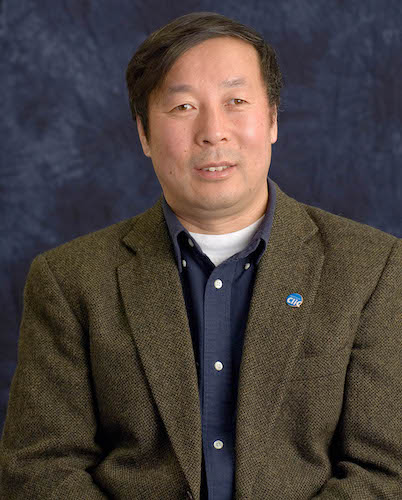The arctic system is strongly defined by its seasonality. The extreme annual cycle of solar radiation, interactions between the Arctic and lower latitudes, within-arctic interactions between the land, ocean, and atmosphere, and the energetics of freeze and thaw, combine to lend a complexity and richness to arctic seasonality not seen elsewhere on the planet. This seasonality is changing. Summer sea ice extent is declining, attended by strong autumn rises in air temperature over the Arctic Ocean. Active layer freeze-up in Siberia is occurring later in the winter. These and other emerging changes will become more prominent in coming decades, with impacts promising to cascade through the physical, chemical, biological, and socio-economic components of the system.
This research will identify the dominant climate forcings, feedbacks, and component linkages driving change in arctic system seasonality, and they will shape the evolution of the system through the 21st century. This will require consideration of changes in global radiative forcing, energy and mass transports from lower latitudes into the Arctic, and between the land, ocean, and atmosphere within the Arctic, and how these influence the Arctic’s physical, chemical, and biological processes. A framework of passive versus active controls will help to organize the investigations. A passive control is the control by background warming. An example is how arctic warming will lead to shorter seasonal duration of snow cover. An active control refers to altered seasonality driven by changes in energy or mass transports into the Arctic from lower latitudes or within the Arctic itself. An example is how reduced autumn sea-ice extent leads to warming over the ocean, which then, through regional atmospheric transport, may lead to warming over adjacent land. Changes in seasonality will likely often reflect both passive and active controls. Diagnostics such as seasonal anomaly structures, defined as the seasonal cycle of a state variable for a given year or years relative to the long-term climatology, will be used to evaluate how seasonality in different system elements has evolved through the instrumental record. These observational analyses will guide modeling experiments to examine the sensitivity of state variables to active and passive controls and how changing seasonality will shape the future of the system.
Project Location
Publications
Lawrence, D., Oleson, K., Flanner, M., Thorton, P., Swenson, S., Lawrence, P., Zeng, X., Yang, Z., Levis, S., Skaguchi, K., Bonan, G., Slater, A. (2011), Parameterization Improvements and Functional and Structural Advances in Version 4 of the Community Land Model, J. Adv. Model. Earth Syst., 3, M03001, doi:10.1029/2011MS000045.
Dates
-Members
Principal Investigator

Co-Principal Investigator

Co-Principal Investigator
Co-Principal Investigator

